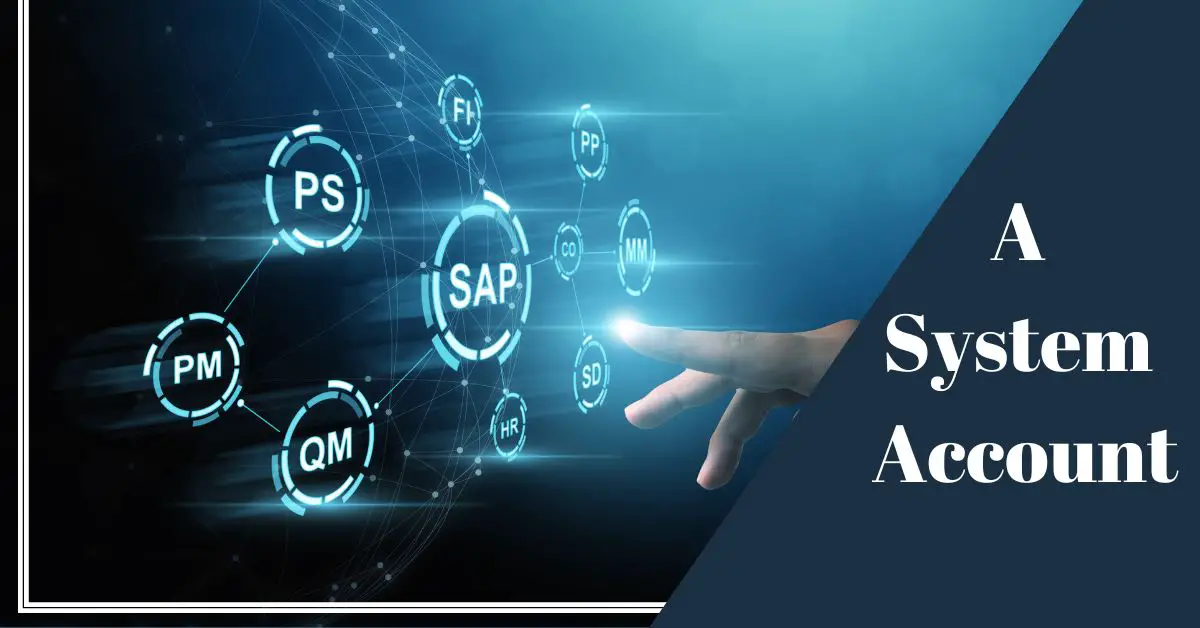A system account, also known as a local system account or service account, plays a critical role behind the scenes on your computer or server. It’s an account created by the operating system during installation and serves distinct purposes compared to your regular user account. Let’s delve deeper into what system accounts are, why they exist, and how they differ from user accounts.
The Purpose of System Accounts
Unlike user accounts designed for human interaction, system accounts facilitate the smooth operation of the operating system and its components. They handle essential tasks like:
- Booting Up: Certain system processes need to run before a regular user can log in. The system account ensures these processes have the necessary permissions to function at startup.
- Running Services: Many background services, like firewalls or printer spoolers, require system privileges to access system resources. Running under a system account grants them the required access.
- File and Resource Ownership: Critical system files and resources often need ownership by a privileged account to maintain stability. The system account acts as the owner for these elements.
- Task Scheduling: Automated tasks might need elevated permissions to execute properly. The system account can be used for such scheduled tasks.
Types of System Accounts
There can be variations depending on the operating system, but some common system accounts include:
- Windows:
- SYSTEM: The most privileged account, used by core operating system processes.
- Local Service: A less privileged account for services with limited access.
- Network Service: An account for services that interact with network resources.
- Linux:
- Root: Similar to the SYSTEM account in Windows, with administrative privileges.
- Other system users: Accounts for specific system services, like
mysqlfor the MySQL database.
Security Considerations with System Accounts
The very nature of system accounts having high privileges necessitates careful management:
- Limited Access: Regular user accounts shouldn’t have the same permissions as system accounts. This prevents accidental or malicious actions that could compromise the system.
- Strong Passwords: While some system accounts might have default passwords, it’s crucial to change them to strong, unique passwords to prevent unauthorized access.
- Least Privilege: The principle of least privilege dictates that services or tasks should run under an account with the minimum necessary permissions.
System accounts are the unsung heroes of your device, ensuring essential processes run smoothly in the background. Understanding their purpose and importance helps maintain a secure and stable computing environment. By following security best practices, you can ensure these accounts function as intended without jeopardizing your system’s integrity.

Information Security Asia is the go-to website for the latest cybersecurity and tech news in various sectors. Our expert writers provide insights and analysis that you can trust, so you can stay ahead of the curve and protect your business. Whether you are a small business, an enterprise or even a government agency, we have the latest updates and advice for all aspects of cybersecurity.

